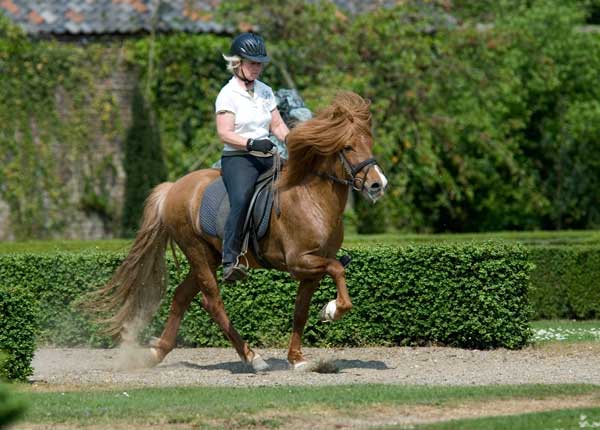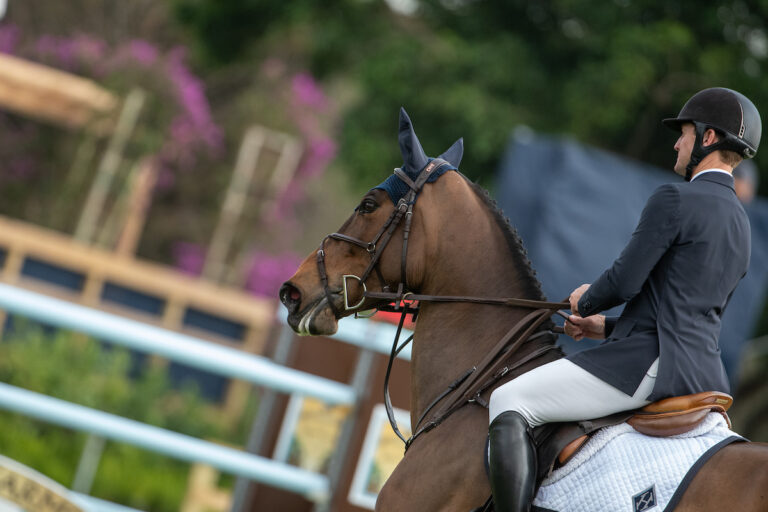Paso Finos do the paso largo, Tennessee Walkers do the running walk, American Saddlebreds rack and Icelandic horses tölt—but Thoroughbreds would tie their legs in knots if they tried any of these gaits. What accounts for the unusual abilities of gaited breeds? They all share a single genetic mutation, one that was spread around the world by selective breeding, new research shows.

Leif Andersson, PhD, a professor of functional genomics at Uppsala University in Sweden and currently a fellow at Texas A&M University’s Institute of Advanced Studies, led the research team that tracked the genetic link. Since identifying the mutation in 2012, the team has analyzed DNA from 4,396 horses representing 141 breeds worldwide. The “gait keeper” mutation showed up in breeds from North and South America, across Eurasia from Britain to Japan, in Iceland and even in South Africa. Pacers had it, as did horses that perform the various four-beat lateral (ambling or single-foot) gaits. The mutation also occurs in Standardbreds, which keep trotting at warp speed when other horses break into a canter or gallop.
The mutation is a single change in the DNA sequence of a gene known as DMRT3. This gene carries the code for a protein that plays a key role in certain spinal-cord nerve cells, helping to coordinate leg movements. The mutation results in a shorter, unfinished protein product, and the researchers believe that accounts for the different gaits.
The fact that the mutation is found around the world shows that people in many countries have valued those gaits and selectively bred horses that have them, Dr. Andersson says.
Although the genetic mutation occurs mainly in breeds classified as gaited or used for harness racing, it pops up occasionally in other breeds. But the researchers didn’t find it in Przewalski’s horses (close relatives of the wild ancestor of the domestic horse), and it hasn’t shown up in data from genome sequences of ancient horses. That suggests the mutation arose fairly recently, as evolutionary time goes. Further research may indicate where and when.










